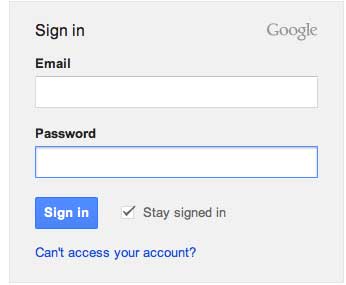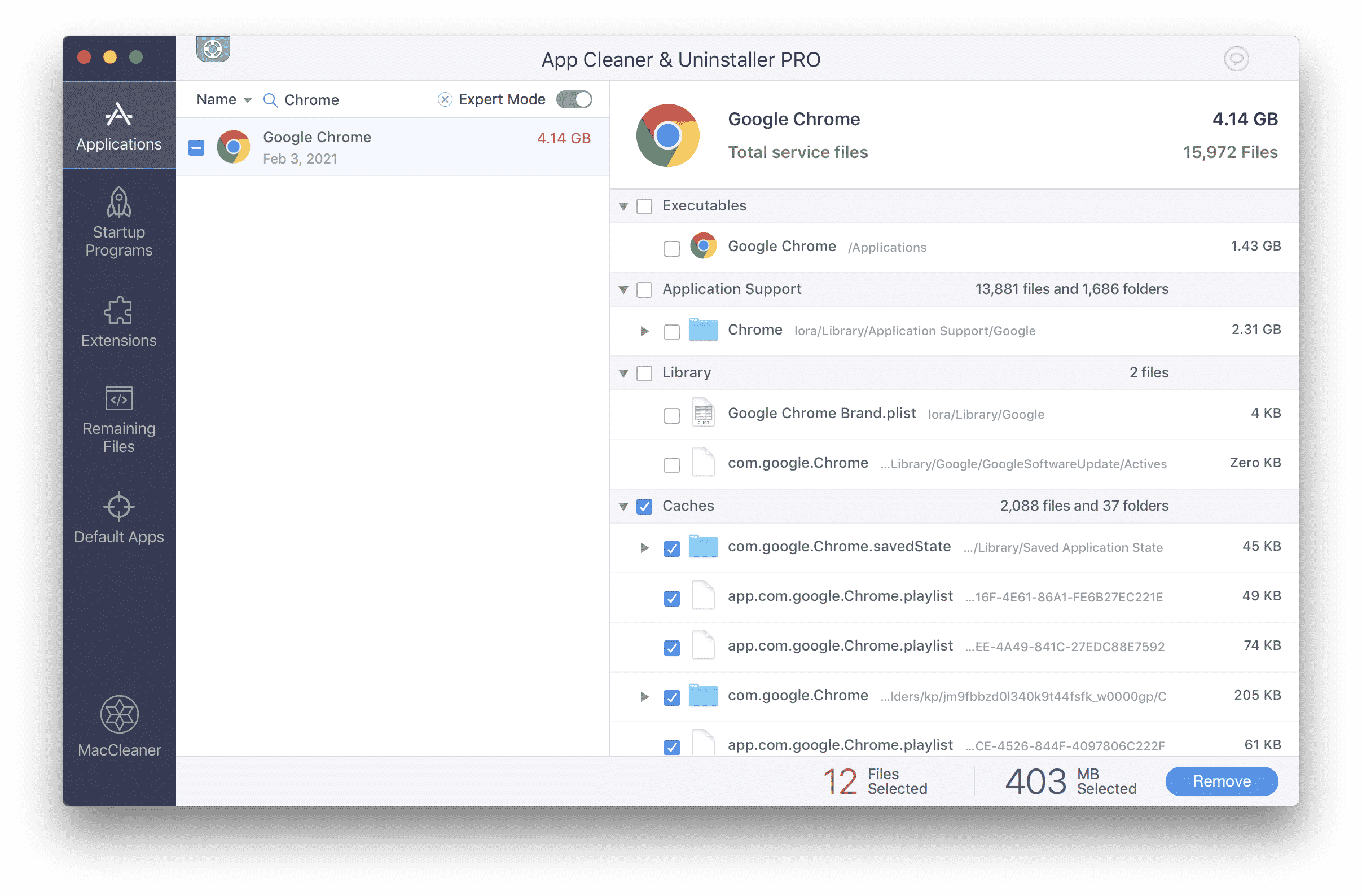
This will launch a command prompt window. If you are using a windows computer, then here is how you would clear DNS cache on your device.įirst, you need to click on the start button and select the CMD (command prompt) tool. Let’s take a look at how to clear DNS cache across various platforms.

It will eventually get updated, but why wait when you can clear DNS cache right away. For example, when you are moving a WordPress site to a new domain name or when you are moving WordPress to a new host.ĭNS information may not get updated quickly on your computer, and you may end up visiting the old website or see a not found error. However, this may sometime cause trouble. This ensures that every time you visit any website, your browser takes the shortest route to get the DNS information it needs to locate the website on the internet. On the other hand, if the information is not in the local DNS cache, then the browser will get it from other DNS servers across the internet. If it finds the directions, then it uses the DNS cache to visit the website. Once you enter a website address in your browser, it will look for DNS information in the local cache first. Saving the DNS information in a local DNS cache helps your browser quickly find a website. To learn more, see our guide on how domain names work.

Here is a quick overview of what we’ll cover in this guide:ĭNS cache is like an address book saved on your computer with the domain name server (DNS) information of each website you visit.ĭNS or Domain Name Server is a technology that tells your computer the IP address associated with a domain name. This will allow you to easily refresh DNS records stored on your device and help you troubleshoot website issues. In this article, we’ll show you how to clear your DNS cache on Mac, Windows, and Chrome. Your computer keeps this information in its cache to quickly point browsers in the right direction. Have you even been asked to clear your DNS cache? It is a troubleshooting tip that helps you get to the latest version of a website, particularly after DNS changes.ĭNS information tells your browser where to find a website.


 0 kommentar(er)
0 kommentar(er)
